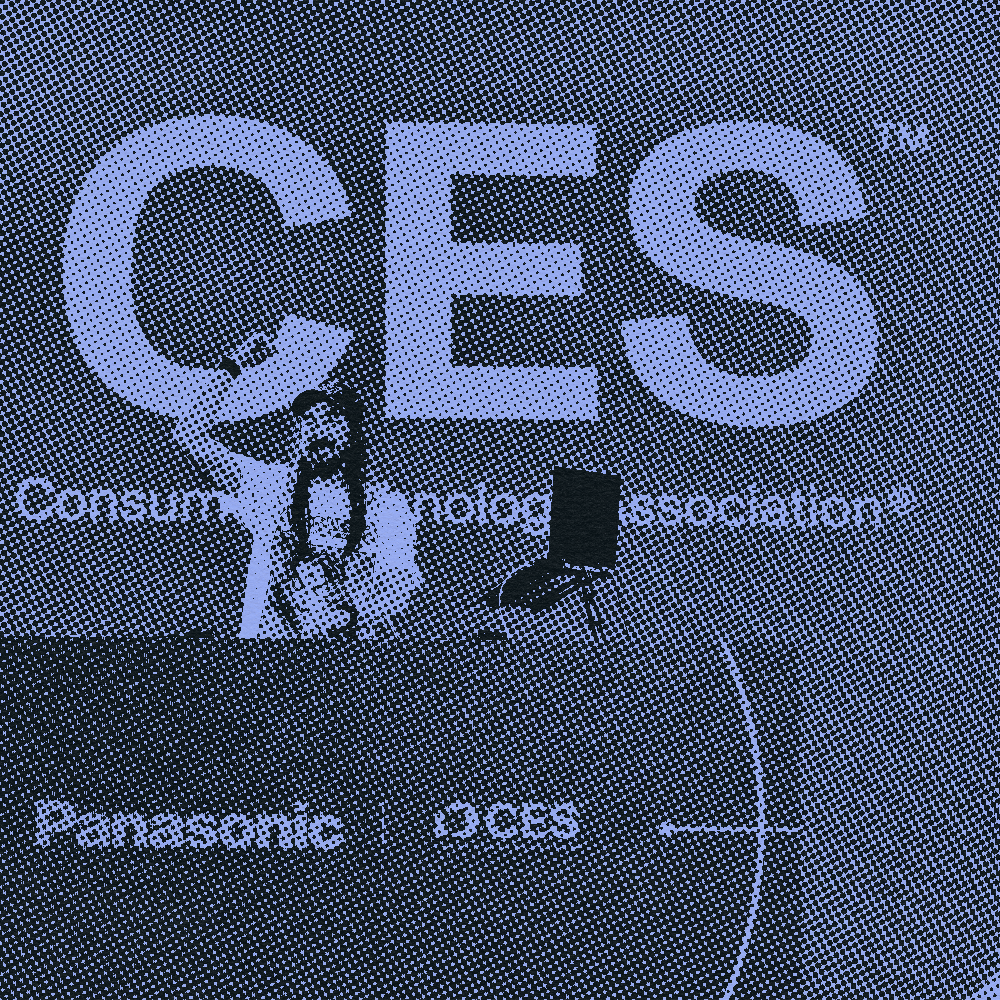In part three of our series on engaging millennials, we explore the important role that data can play for companies looking to reach this group in more effective ways.To start our series from the top, read part one on five opportunities for engaging millennials and part two on engaging millennials through tech.While many healthcare companies, including easy to use platforms like ZocDoc that allow you to find and schedule a doctor’s appointment with a few clicks, have cracked the code on engagement via technology; personalization is the next step to making that technology even more impactful. The healthcare system is awash in data that can be used to create more personalized technology and engagement – from millions of insurance company claims to tracking steps via Fitbits, the healthcare industry is unraveling these threads of data and figuring out how to leverage them in actionable ways.While most of us think of health insurance companies as the lumbering, old, slow moving behemoths of the industry, increasingly, leaders in the space are recognizing the importance of data to drive innovation in their offerings and provide consumers with personalized and cost-effective plans. In addition to tapping into data from their own consumer populations and business processes, insurers are using broader consumer data reserves to inform their business strategies.Some companies are analyzing data within user populations to create predictive models. For example, Blue Cross Blue Shield organizations in numerous states often pool their claims data to create predictive models. These data-based models enable insurers to identify potential risks upfront and create tailored treatment approaches to improve overall care.Some health and wellness platforms, including Welltok (disclosure: a SHIFT client), are employing machine learning and computer science to curate and analyze large reserves of data in an effort to help insurers better understand consumers. This data, much of which is publicly available, helps insurers identify which consumers are most in need of their help and which are more likely to be receptive to their services. This includes everything from efforts to encourage subscribers to get the flu vaccine, to intervening with consumers who may be at risk for chronic diseases like diabetes.As insurers discover new methods to gather and analyze data, we will undoubtedly collect additional evidence that strengthens the connection between data and effective decision-making. Insurers will place a greater emphasis on back and front-end technologies to leverage data and, in turn, provide better care and a personalized consumer experience. This focus is particularly important in developing a retail-like experience for consumers – especially for the “young invincibles.”“We can all agree that healthcare has historically been a one-size-fits-all approach to consumer health,” says Erica Sniad Morgenstern, vice president of public relations and marketing communications at Welltok. Morgenstern adds, “Yet, you can't positively impact the health of a population without guiding and influencing individual health behaviors. There is a fundamental need and opportunity to better understand, target, connect, engage and reward individual consumers through the use of applied analytics and new technologies such as cognitive computing. By connecting them with the tools and resources relevant to their personal needs, interests and motivations - both intrinsic and extrinsic - payers can provide more direct value to consumers and build a more consistent, less episodic, relationship with them.”Speaking of tools, we would be remiss not to mention fitness wearables when it comes to engaging millennials through data. Last year Forrester predicted that 35 percent of millennials would buy a fitness wearable in the next year. About 21 percent of US adults use a wearable and of that group, the largest percentages include millennials with, 34 percent being Gen Z (aged 18 to 26) and 35 percent being Gen Y (aged 27 to 35). Fitbits and Nike Fuels Bands continue to sell, but these companies have yet to crack the code on how to use the immense amounts of data they are collecting to engage these key demographics that demand personalization. Once they do crack that code, they will likely see their high rates of abandonment fall.The healthcare industry is rapidly evolving and as millennials age and begin to rely more on providers, engage more in their healthcare through wellness programs and enter risk groups with their payers, the industry will need to be ahead of the curve on engaging this savvy group – and they should be looking to data for their answers.Jennifer TooleAccount Director[cta]
What’s a Rich Text element?
The rich text element allows you to create and format headings, paragraphs, blockquotes, images, and video all in one place instead of having to add and format them individually. Just double-click and easily create content.
The rich text element allows you to create and format headings, paragraphs, blockquotes, images, and video all in one place instead of having to add and format them individually. Just double-click and easily create content.
Static and dynamic content editing
A rich text element can be used with static or dynamic content. For static content, just drop it into any page and begin editing. For dynamic content, add a rich text field to any collection and then connect a rich text element to that field in the settings panel. Voila!
How to customize formatting for each rich text
Headings, paragraphs, blockquotes, figures, images, and figure captions can all be styled after a class is added to the rich text element using the "When inside of" nested selector system.





